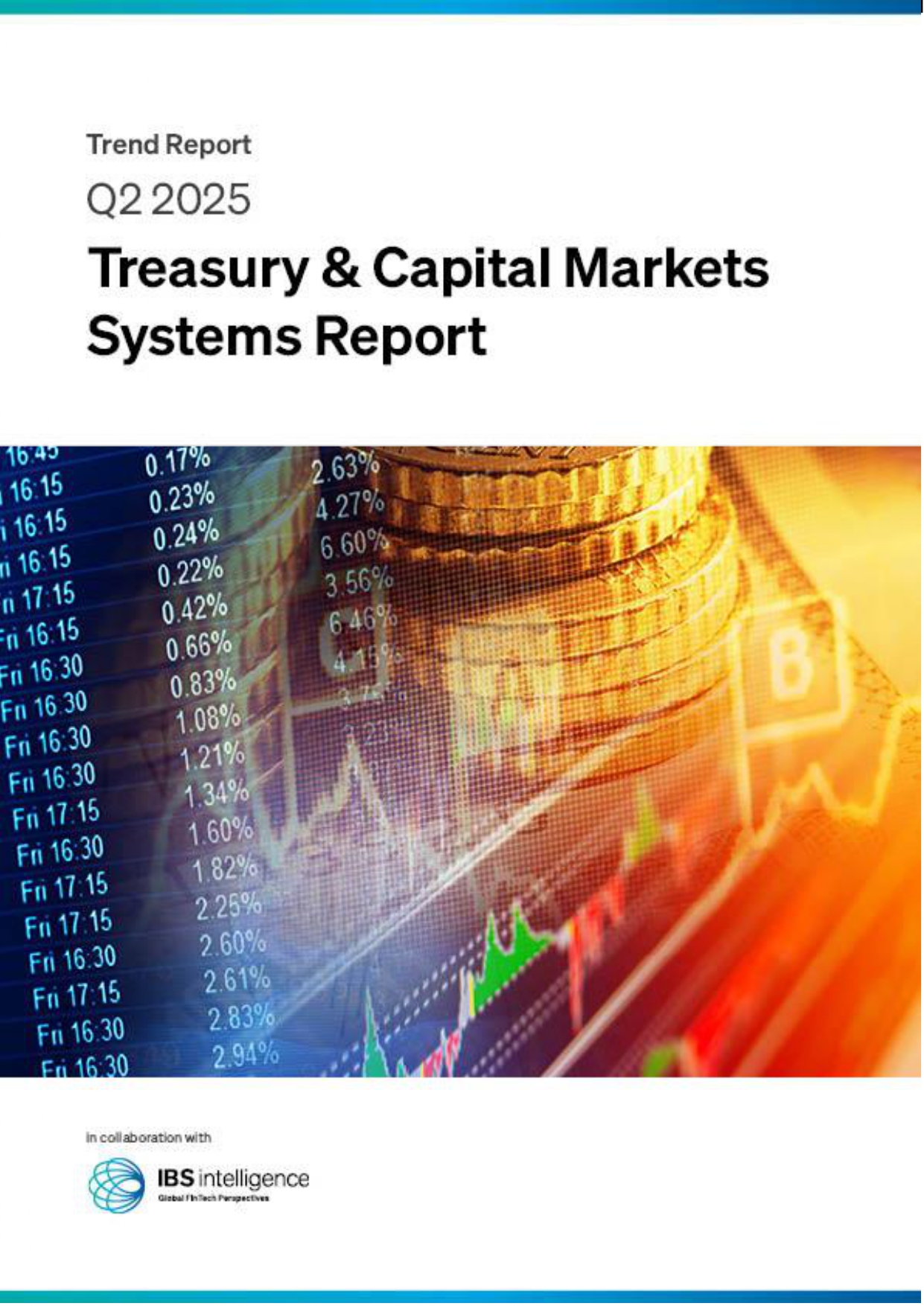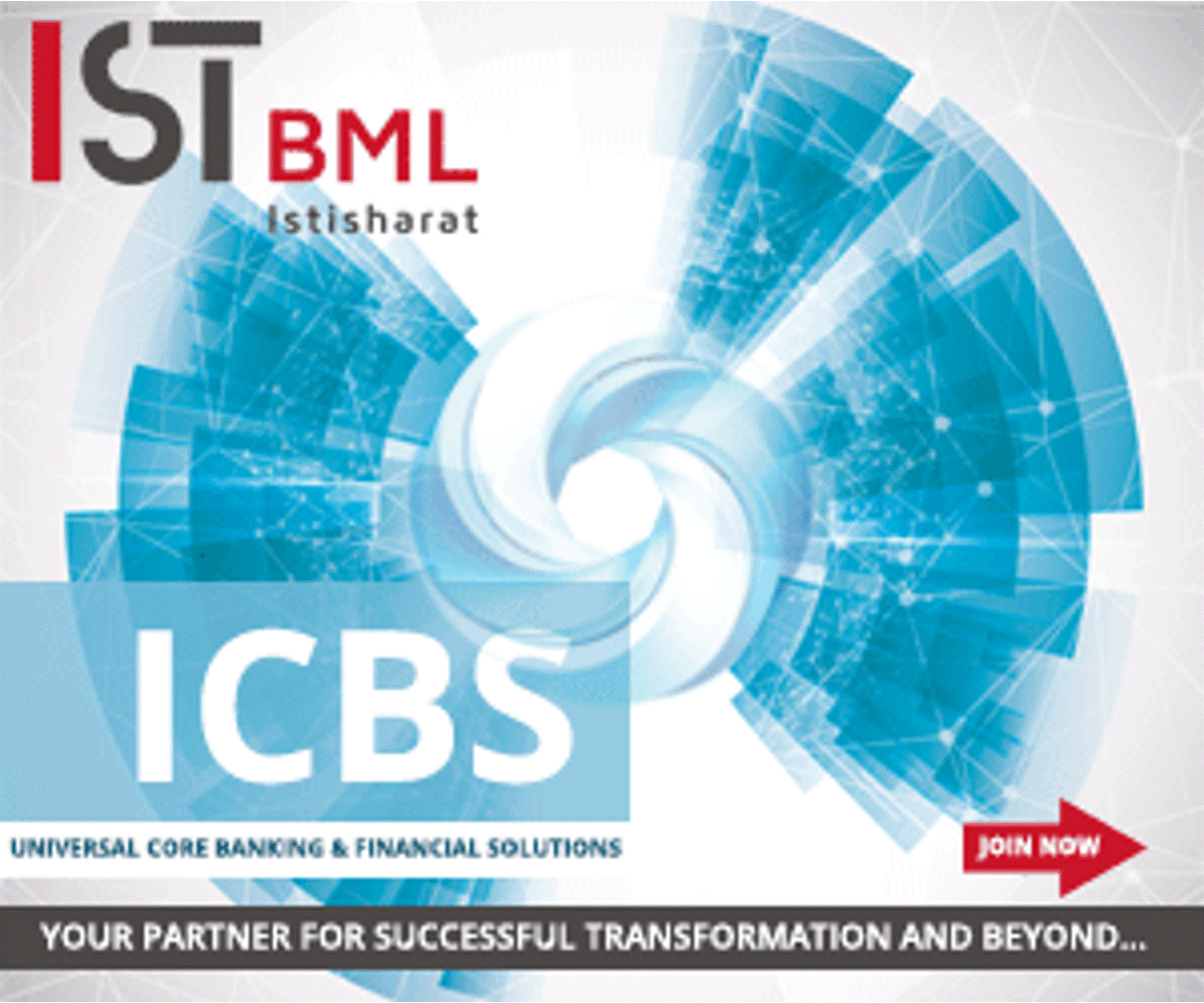 Back
Back
The Deep dive: Omnichannel payments
By Puja Sharma
 The deep dive’ is our bi-weekly exploration of a relevant topic, hot trend, or new product. For Prime subscribers only.
The deep dive’ is our bi-weekly exploration of a relevant topic, hot trend, or new product. For Prime subscribers only.
How does it work?
In terms of payments, omnichannel payments are defined as providing customers with convenience, service, and branding while accepting payments from them. To provide customers with a seamless experience with omnichannel payments, they must have convenient payment options.
Compared to the past, the consumer landscape has changed dramatically. Expectations are high. There has never been an easier time to get the products and services you want, fast, thanks to the internet. Customers expect seamless transitions between digital and physical interactions with companies.
Due to the sheer volume of data being shared between customers and retailers, this shift is largely possible. Paying with a mobile phone, digital wallet, or contactless card transmits a lot of valuable information. This data can be used by businesses to get to know their customers better and meet their expectations.
Who is under the radar?
By implementing an omnichannel payments platform, payment data is unified, and you’ll gain the insight required to produce a single, accurate view of an individual shopper. This is crucial to delivering a coherent customer experience.
Businesses should accept cash, checks, credit cards, debit cards, and various contactless payment methods such as Google Pay, Apple Pay, and Samsung Pay, as well as all of the aforementioned payment methods. Recurring billing capabilities are necessary if your business relies on membership fees. The goal is to send invoices that customers can pay online for professional services and B2B companies.
If more businesses leveraged omnichannel payment solutions to paint a true picture of their customer’s shopping habits, goals, and preferred products, they’d find it easier to target effective messaging and, potentially, see more return business.
Such methods that offer customers multiple payment options at checkout are changing the way businesses interact with customers and vice versa. They are providing a far smoother payment experience while also reducing the amount of time, resources, and effort required to sustain a traditional payment journey. A process that accepts multiple payment options has a range of benefits. An integrated option that drives a smooth, secure, and consistent experience can increase sales as well as improve the retention of customers.
Omnichannel payment processing requires the integration of not just online but also offline payment processes. Whether a customer decides to make a purchase online or offline, they should be able to choose the right payment method without having to experience any hindrance.
Why does it matter now?
Businesses must integrate their offering across physical and online spaces to take advantage of omnichannel spending habits. The ability to track both your online and physical stores in real-time is essential as if you had an endless aisle of products to manage.
This can be achieved, again, through your omnichannel payments platform. Ensuring that every piece of stock and every transaction across every channel is accounted for, in one place, could not only make things simpler for you but improve the customer experience massively.
An omnichannel payment platform supports and simplifies operations for greater efficiency. And it’s particularly important in speeding up the deployment of new payment methods across markets, giving more opportunities for growth and innovation.
IBSi FinTech Journal
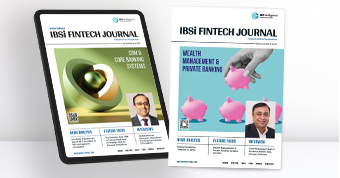
- Most trusted FinTech journal since 1991
- Digital monthly issue
- 60+ pages of research, analysis, interviews, opinions, and rankings
- Global coverage
Other Related News
Related Reports

Sales League Table Report 2025
Know More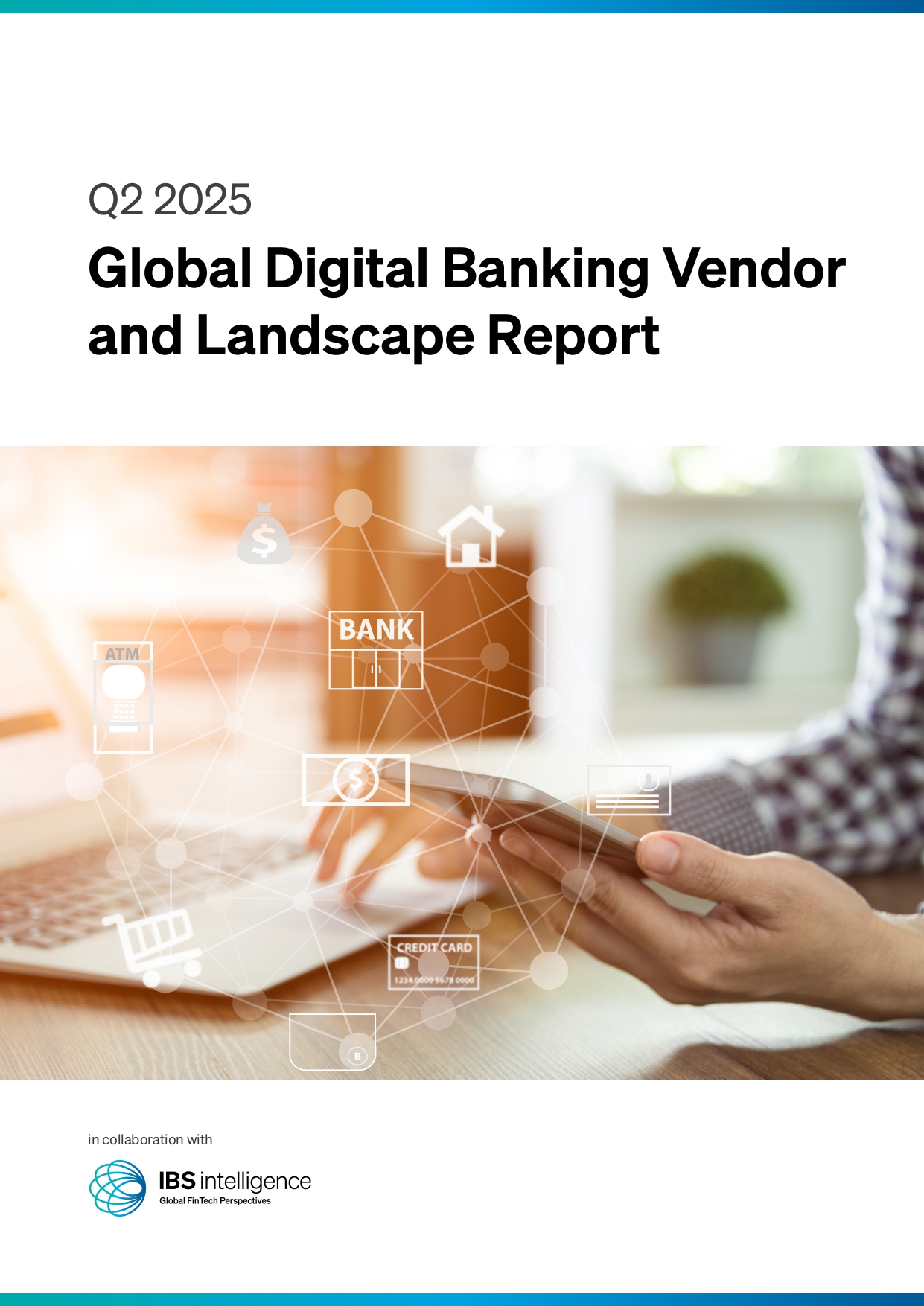
Global Digital Banking Vendor & Landscape Report Q2 2025
Know More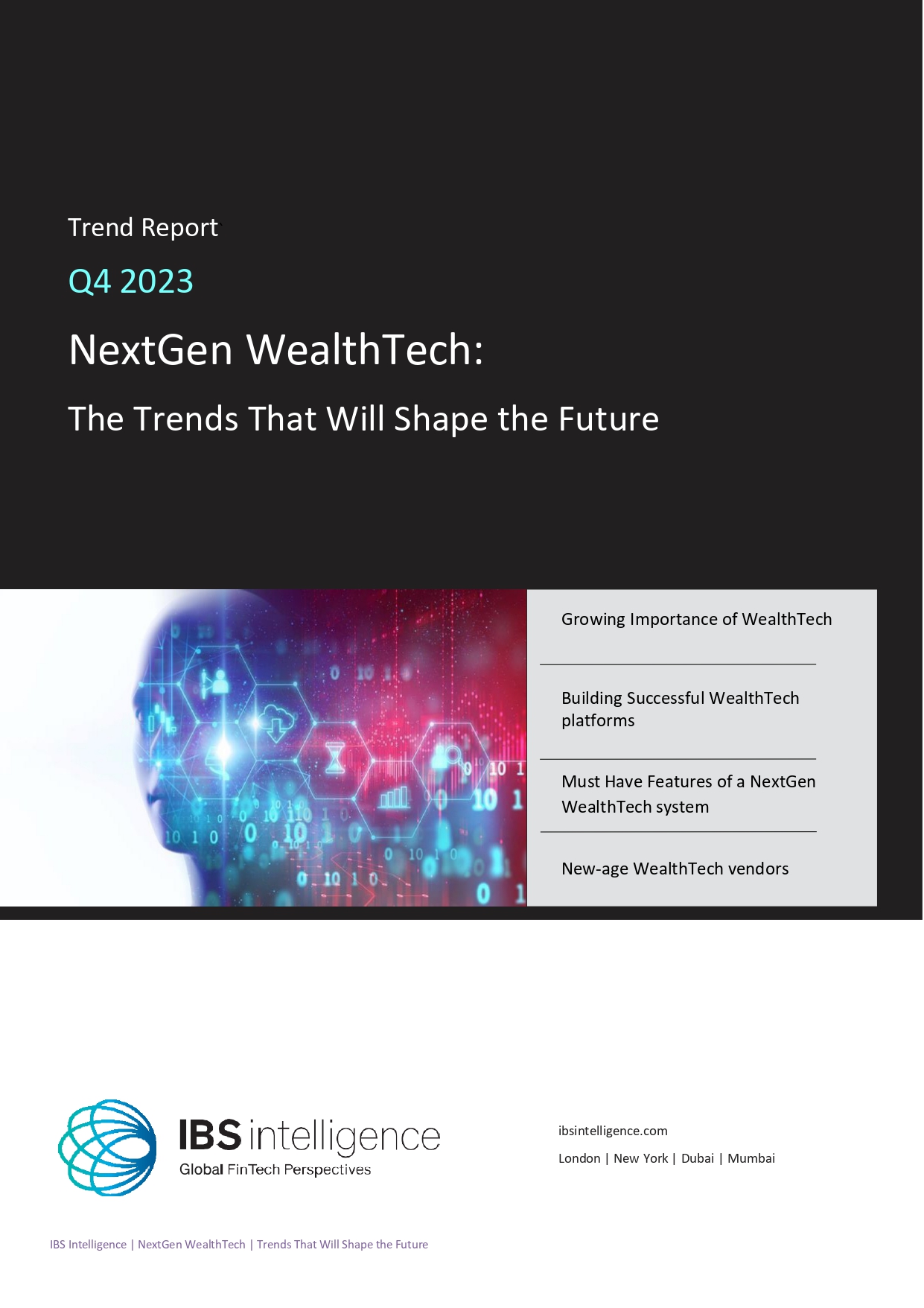
NextGen WealthTech: The Trends To Shape The Future Q4 2023
Know More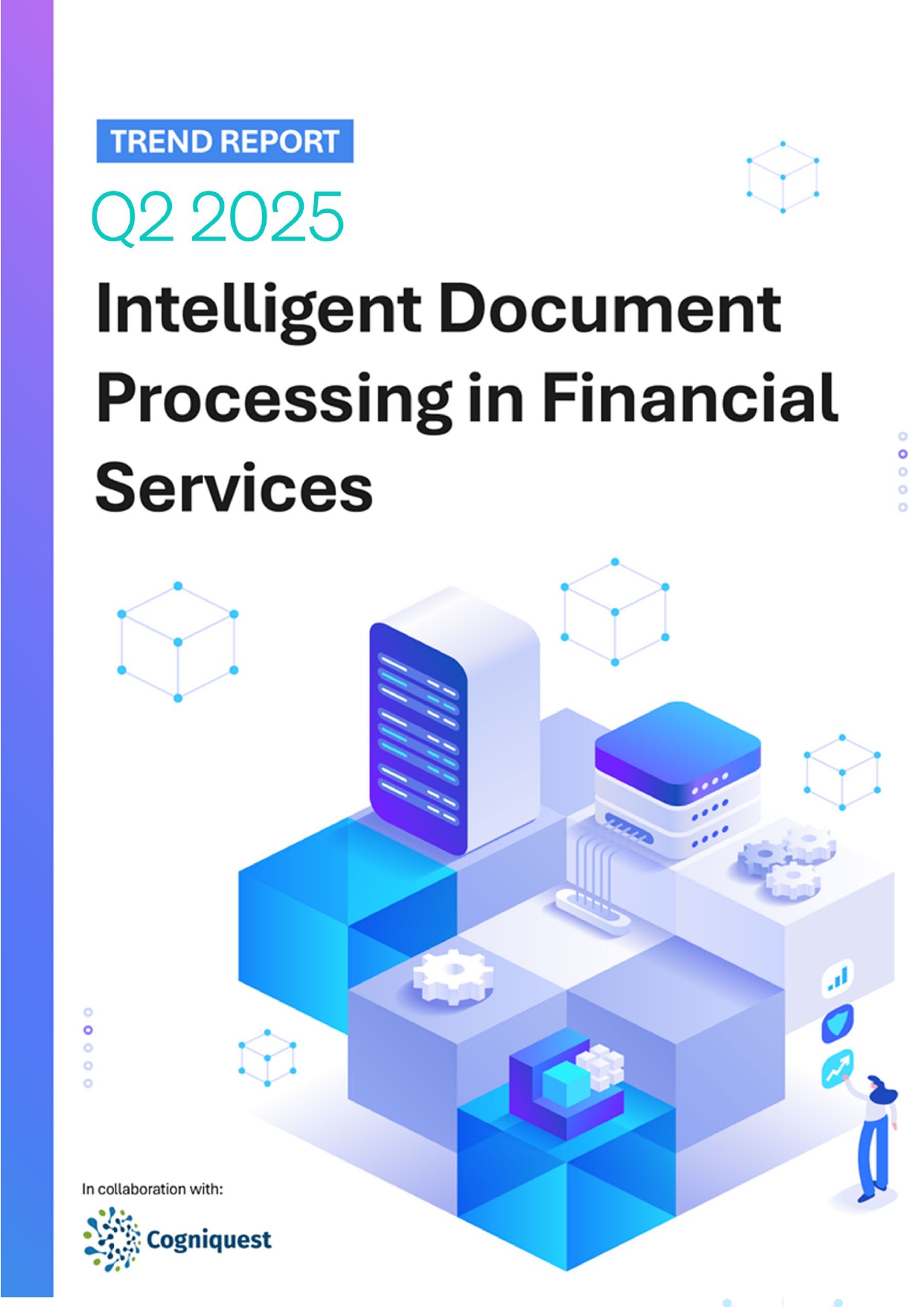
Intelligent Document Processing in Financial Services Q2 2025
Know More